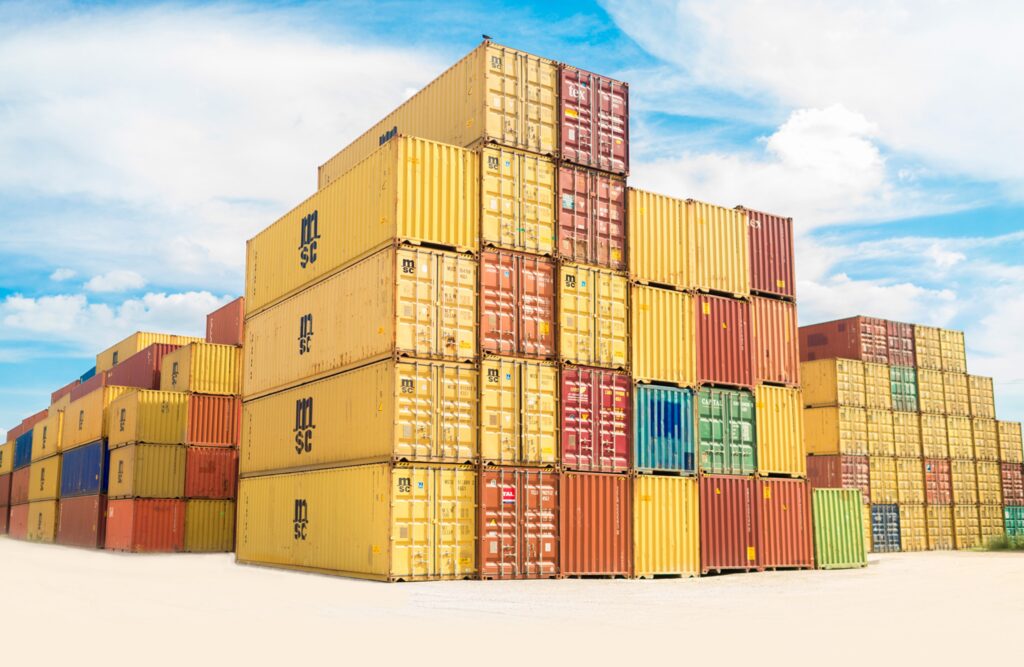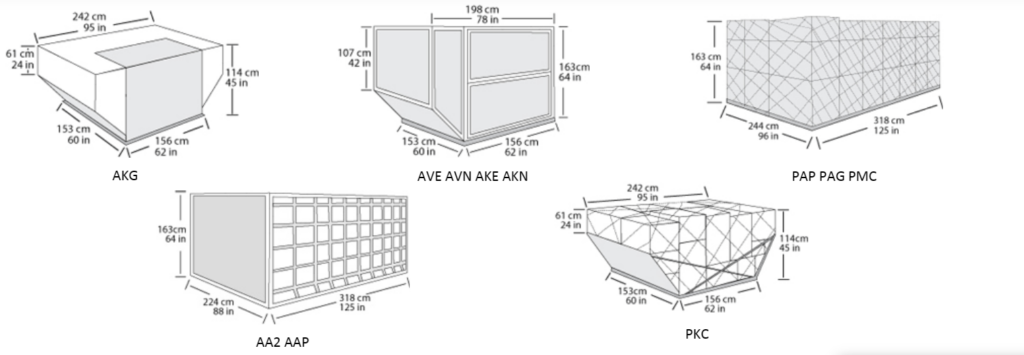
International trade requires the use of cost-effective and efficient transportation for goods, and container size is a key factor in determining the cost and efficiency of this trade. Businesses and individuals involved in international trade must choose the appropriate size to meet their needs. In this article, we’ll discuss the different sizes of sea and air freight containers, their advantages, and why it’s important to select the right one.
Sea Freight Container Sizes
Shipping containers used in sea freight come in different shapes and sizes. The two most common sizes for international shipments are 20-foot and 40-foot containers. These standard sizes are widely used due to their compatibility with most cargo ships, capacity, convenience, and versatility.
Compatibility of 20-foot and 40-foot Containers
These containers are designed to be compatible with most cargo ships, making transportation efficient and cost-effective. Different types of containers, such as General Purpose, High Cube, Refrigerated, Open Top, Flat Rack, and Tank Containers, are available. Keep in mind that container dimensions may vary slightly depending on the manufacturer and shipping line.
Capacity and Convenience of 20-foot and 40-foot Containers
20-foot containers have a capacity of around 30-40 tons and are ideal for smaller shipments. In contrast, 40-foot containers have a capacity of 60-80 tons, making them suitable for larger shipments. The standardization of these sizes makes handling and storage at ports and destinations easy.
The Versatility of 20-foot and 40-foot Containers


Air Freight Container Sizes
Air freight containers, also known as Unit Load Devices (ULDs), are sturdy aluminium pallets or containers used for air cargo. Standardization of these ULDs enables secure cargo placement on aircraft and quick, efficient loading, reducing labour costs. Some air containers even have built-in cooling systems, making them suitable for temperature-sensitive cargo.
Advantages of Air Freight Containers
Air freight containers provide several benefits to businesses, including speed, reliability, versatility, efficiency, and cost-effectiveness. Air cargo is the fastest mode of transportation, allowing businesses to quickly transport goods. These containers are designed to withstand the harsh conditions of air travel, ensuring the safe and secure transportation of goods.
Air Container Sizes and Technical Information
Air containers have a three-letter code indicating the container type, base dimensions, and other technical information. The first letter indicates the container type, the second letter indicates the base dimensions, and the third letter indicates other technical information, such as forklift slots. Keep in mind that actual dimensions and capacities may differ between manufacturers and airlines, so businesses must consider their specific needs when choosing an air freight container.


In conclusion, businesses must carefully consider sea and air freight containers when making a transportation decision. The size of the container plays a crucial role in determining the cost and efficiency of international trade. Sea containers are a cost-effective option for large or bulky shipments, while air containers are the preferred option for urgent or time-sensitive shipments. Businesses must consider the type of goods being transported, the delivery urgency, and budget constraints when choosing the right container. The right container choice can greatly impact the cost and efficiency of international trade.
